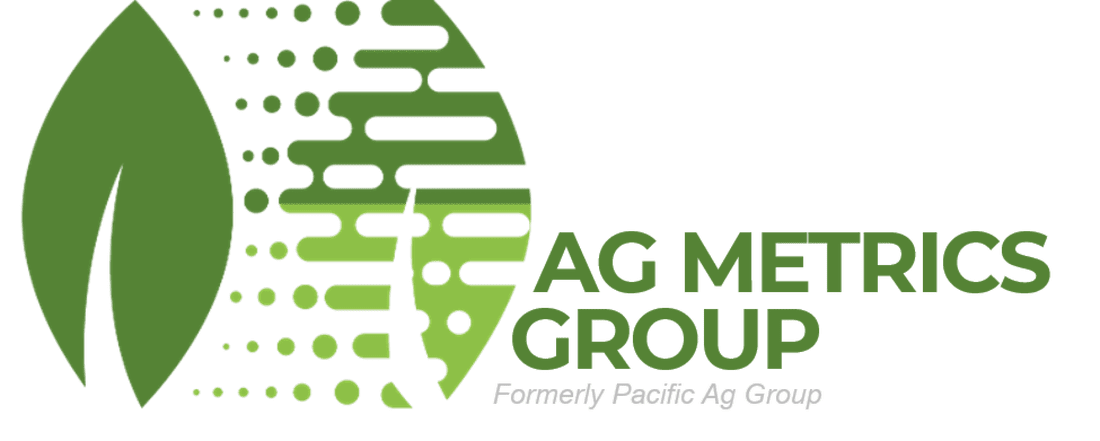|
Yesterday we were in Dover, Florida, at the Florida Strawberry Grower Association & UF/IFAS Tailgate. Frank Sances presented updated data on Combining Soil Solarization with Conventional Chemical Fumigants and Anaerobic Soil Disinfestation (ASD) in Florida Strawberry Production. See the poster here
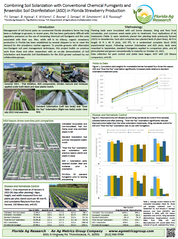 Click Image to Download Click Image to Download F.V. Sances (1), B. Aglave (1), K. Williams (1), C. Boone (1), S. Sances (2), W. Schonborn (3), & E. Rosskopf (3) (1) Florida Ag Research, (2) Ag Metrics Group, (3) US Department of Agriculture (Collaboration Only) Introduction Management of soil borne pests on commercial Florida strawberry farms has long been a challenge to growers. In recent years, this has been particularly difficult with regulatory pressures on the use of remaining chemical soil fumigants and the costs associated with their use. Also, while still in its infancy, organic strawberry production in Florida has been established by several shippers to try to meet the demand for this strawberry market segment. To provide growers with alternative non-fumigant soil pest management techniques, this project builds on previous work from these and other researchers with an on-site demonstration of Soil Solarization and Anaerobic Soil Disinfestation for the 2023 grower outreach by our collaborative groups. Methodology
Planting beds were inoculated with soil borne diseases, Sting and Root Knot nematodes, and common weed seeds prior to treatment. Four replications of six treatments (Table 1) were randomly placed into planting beds previously farmed (2021) in strawberries. Each plot comprises two planted beds (4 plant lines), 40 ft in length (8 ft x 40 ft plots, 320 ft²), in a randomized complete block (RCB) experimental layout. Following summer Solarization and ASD plots, beds were reworked in September, standard fumigation applied to comparison plots, and all plots planted and grown conventionally to maturity on October 15, 2022. Data collection for pest control and yields have begun. AOV with LSD Means comparison, α=0.05. |
Archives
April 2024
Categories
All
|

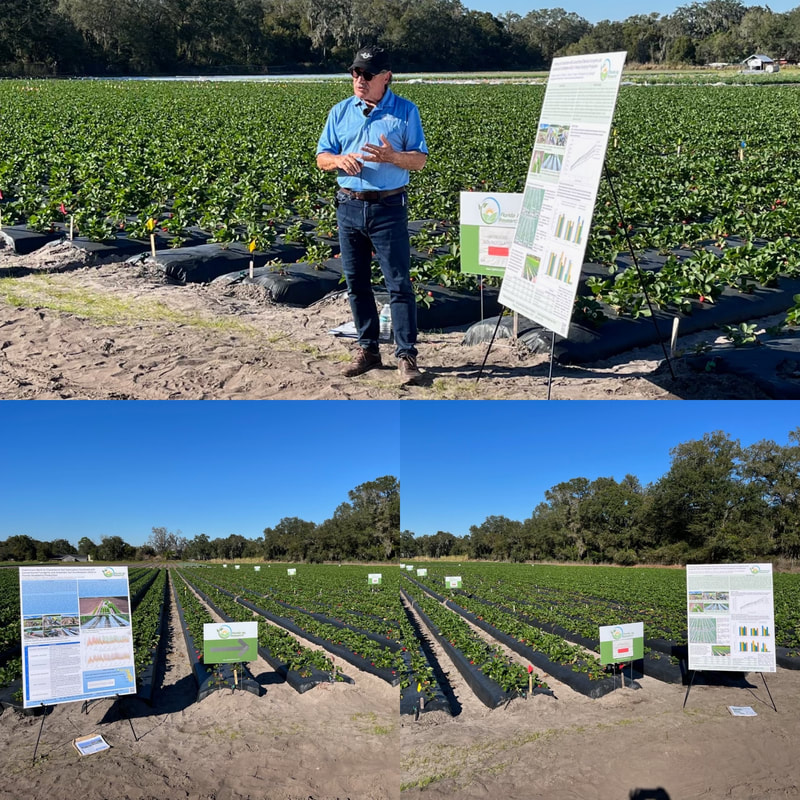
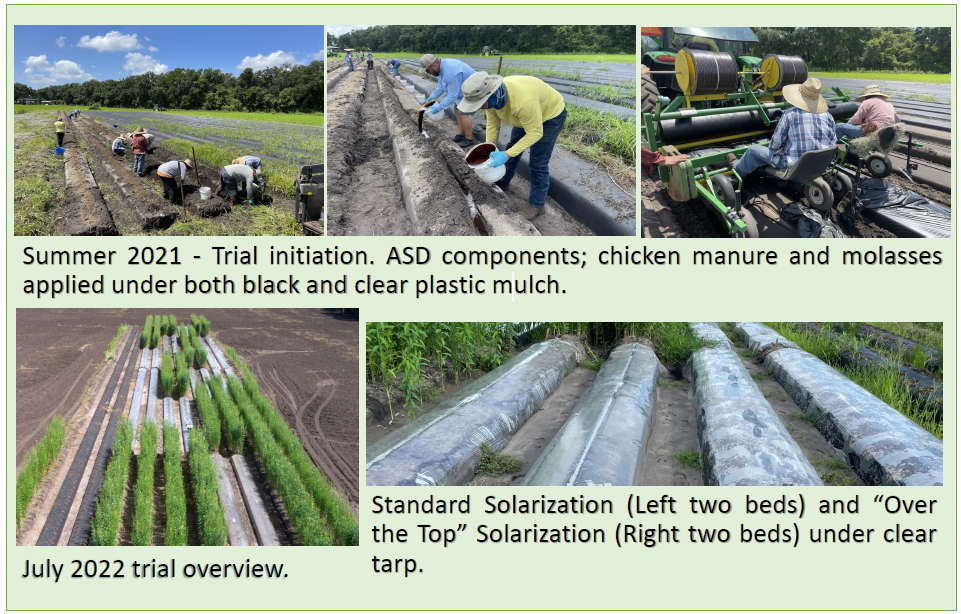
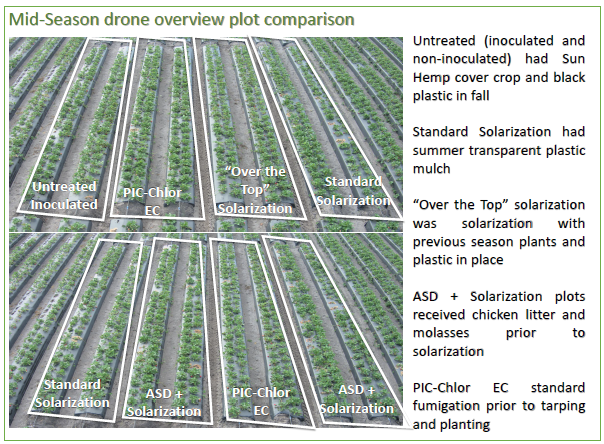
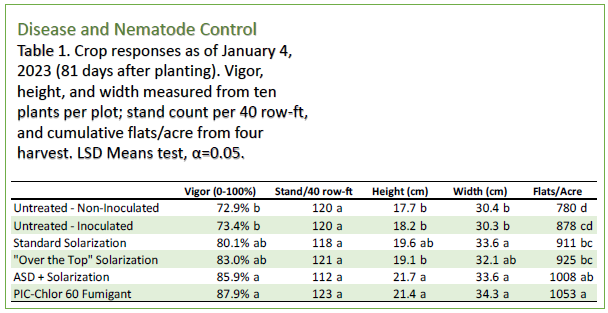
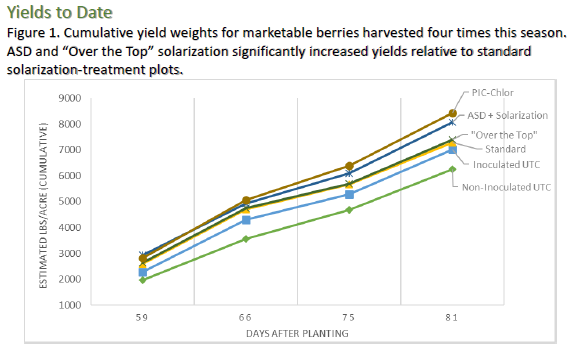
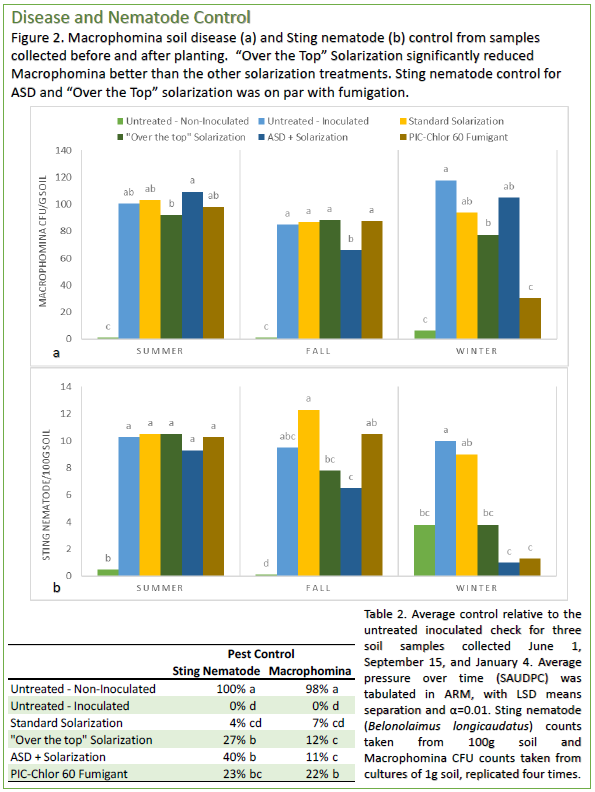
 RSS Feed
RSS Feed
